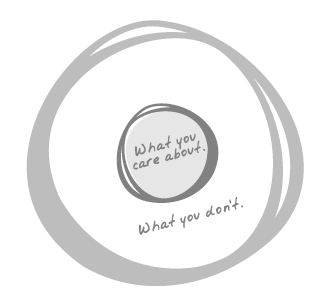Thoughts on Chapter 9
Management by walking around (MBWA) is an interesting concept. I have always fancied myself a hands-on worker valuing time behind the desk. But Berkun points out that when in the position of a PM, the best way to enhance communication is to form relationships with those involved. This makes sense as I reflect on my prior experiences in various workplaces. My mentors in the business world have always focused deeply on these relationships. And beleive me, I think it rubbed off on me.
Equally useful is the advice Berkun provides by scaffolding states of communication. That is, Berkun gives 5 forms of communication that I can use to diagnose problems in communication. Now that I think about it, this structure is going to be very useful. I am going to reference it as I patch up some problems in a group project. Everyone is clear on what to do, so the err in communication is conversion to useful action. I think the most significant dilemma in this group project is assumption. I assumed that everyone would take the initiative, but the opposite has taken place. So, I will invest more time in helping everyone understand their roles and how their work contributes to the big picture. This is just a thought…
Wow! The role-definitions scaffolding technique is very interesting. Uses for this are quite wide ranging. Not only will people involved see their contributions, but it also helps to strengthen relationships! And of course, I should never be afraid to ask the ever-so-useful question “What can I do to help you do your best work?” According to Berkun, stating this question accomplished three essential tasks. First, it establishes that the person do their best work. Second, it gets them to evaluate their performance. Third, it opens discussion for ensuring that the best work is done and how to acheive the best results.



